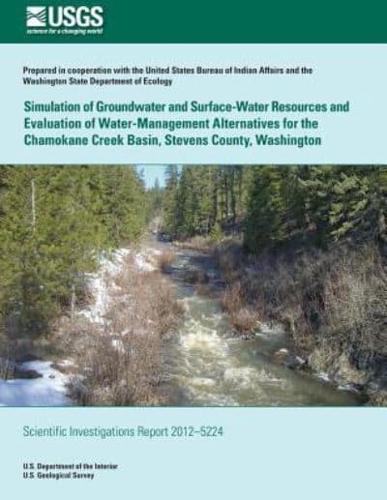Publisher's Synopsis
Although often overlooked, ground water is increasingly important to all of our lives. Ground water is the primary source of drinking water to approximately half the Nation's population (134 million people), provides about 40 percent of the irrigation water essential for the Nation's agriculture, sustains the flow of most streams and rivers, and helps maintain a variety of aquatic ecosystems. Moreover, the near-term trend in ground-water withdrawals for public supply and irrigation is continuing to rise (Hutson and others, 2004). As the Nation's principal reserve of freshwater, ground water requires periodic inventories and ongoing evaluations to ensure the resource is sufficient to meet the numerous needs of the Nation. This fact sheet provides a description of the U.S. Geological Survey (USGS) Ground-Water Resources Program and presents highlights of ongoing science activities. Goals Identify, describe, and make available fundamental information regarding ground-water availability in the Nation's major aquifer systems, and evaluate this information over time. Characterize natural and human factors controlling recharge, storage, and discharge in the Nation's major aquifer systems, and improve understanding of these processes. Develop and test new tools and field methods for the analysis of ground-water flow systems and the interactions these systems have with surface water.









